BRIGHTER
Brighten
You're done! :)
Thank you for taking part in BRIGHTER



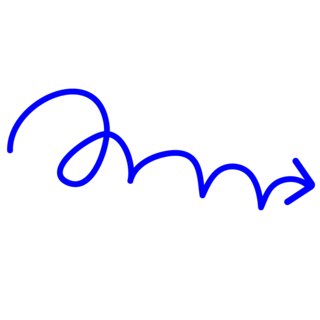

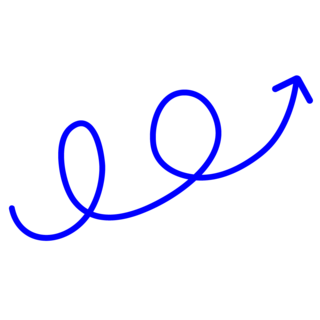

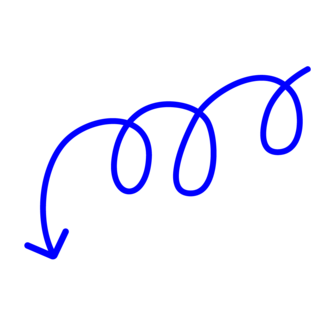






SO F**K THAT! (if you want too)
Start at the end
Start at the middle and then go the beginning
Make it not make sense
Write in a way only YOU understand
Add in random words and punctuation when YOU want to
Don’t code switch
Write in your accent
Write explicitly
DON’T censor yourself EVER
Write in single words, then write in sentences
Write it like a journal entry or letter.


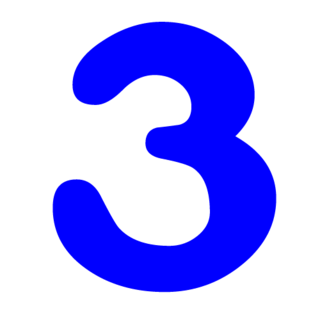
Here are a few suggestions when you come to editing (use what’s useful to you):
- Leave your writing for a little while before you start to edit it.
- Read your work aloud. Record yourself and listen back.
- If you’re in a group (and it feels like a safe space) ask someone else to read it out for you. Hearing someone else read for the first time can help you gain a fresh perspective.
- What do you want your audience to feel? You can’t control this but it’s helpful to keep this in mind as you edit.
- Summarise your piece of writing in a paragraph. Now summarise in a sentence. Now in a word. Share each of these with the group.
- Read it aloud again.
Editing is an important part of the process. Imagine it a bit like sculpting; your finished story is in there and your job as an editor is to chip away the fragments, to polish and brighten up your finished piece.
Write as a writer. Edit as a reader.
You might go through a few drafts before you get to a piece you’re happy with. Be kind to yourself, something is rarely finished the first time round. Allow yourself to start somewhere and end up somewhere completely different. Go with it!
Sculptor
Writing from personal experience can be an amazing experience but it might feel difficult at times. Thinking of another POV to tell the story might help you. But ultimately, only share what you feel safe and comfortable with.
Perspective
Look over what you have written and explore writing in the following ways...
- Tell the story from a perspective other than yourself but close to you. This could be someone like a partner, a friend, family member. It doesn’t have to be someone real.
- Tell the story as a narrator just outside the action. As an outside eye observing.
- Tell the story as a narrator who can observe what’s happening outside and internally, at what a character does but also how they feel, who can move freely through time.
Read or share back what you’ve written.
A lot of the exercises in this project have asked you to write from your own experiences or to create a character based on them. Most likely you’ll have written in the first person (narrating your own story).
What would it be like to explore another POV?
This might change your piece completely. I might help you create a scene or short story from two or three points of view.
Click the play button to listen to Mika talk about story structure and how you can queer things...
Defund Structures!
Queerness is never one thing, just like stories, it is never linear, it is multi faceted. It’s the same with story structure.
It’s not that you can’t follow the beginning, middle and end guide to create a sick piece of work but we are often led to believe this is the only way to make a story attractive, so that it makes sense to the masses.
But what if you simply just said F**K THAT!
Photo: Wall with a variety of images including a classical statue, dancers and Grace Jones. From rehearsals of Outbox's play Affection (The Glory/Stan's Cafe, 2016).
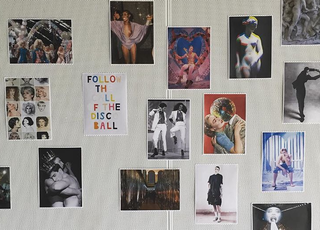
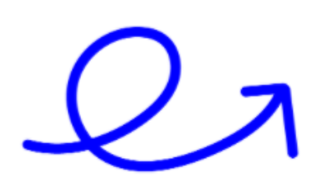
Galaxy
Section 3:
Brighten
Now -
- Move an idea in or out. Take turns one at a time.
- Move it into the centre if it interests or excites you.
- Move it to the edge if it feels less important.
- Each time you move an idea, look again at your galaxy. Take your time.
- You might set a time limit (5 min) or number of goes (around the circle 2 or 3 times). You might play some music while this happens.
- Encourage this to be a silent activity with no comments on other people’s decisions. Ideas might be moved in and out a few times, which is perfectly fine - the group will eventually decide on what they want to focus on, together.
- At the end pick out the 3, 5 or 10 central ideas and put them up on a wall.
- Look at your ideas.
- Focus on these as you move forward.
If you feel you’ve too many ideas or you’re not sure what to focus on this exercise might help. It can be done as an individual or as a group activity (if you’re creating something together).
See your ideas as parts of a galaxy - stars, planets, meteors, cosmic dust, open space.
Give each idea a title (even if it’s not fully formed yet).
Write these down on small pieces of paper, cards or post-its. Lay all your ideas out on the ground.
Look at everything in front of you. Take the whole galaxy in. Think of the centre of your galaxy as the sun - your BRIGHTEST ideas should live here.
By now you’ll have lots of ideas. You might have the beginning of something or have some finished pieces already.
In this section there are 4 different tasks which will help you focus your thoughts, think about structure, gain new perspectives and edit.
Not all exercises will be for you (or your group) and some might take place outside (or between) sessions.
JavaScript is turned off.
Please enable JavaScript to view this site properly.